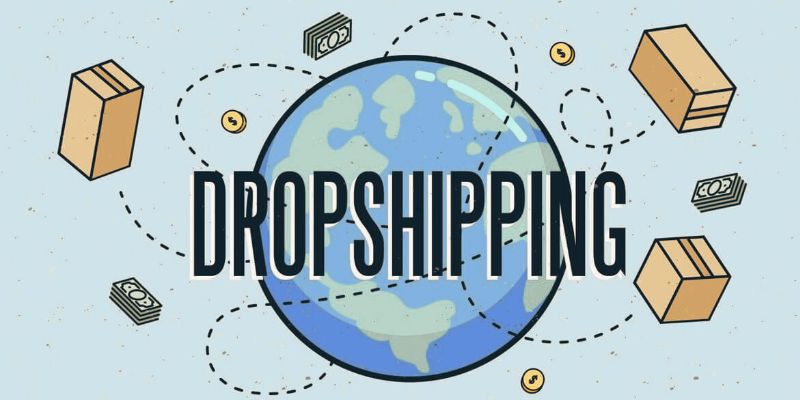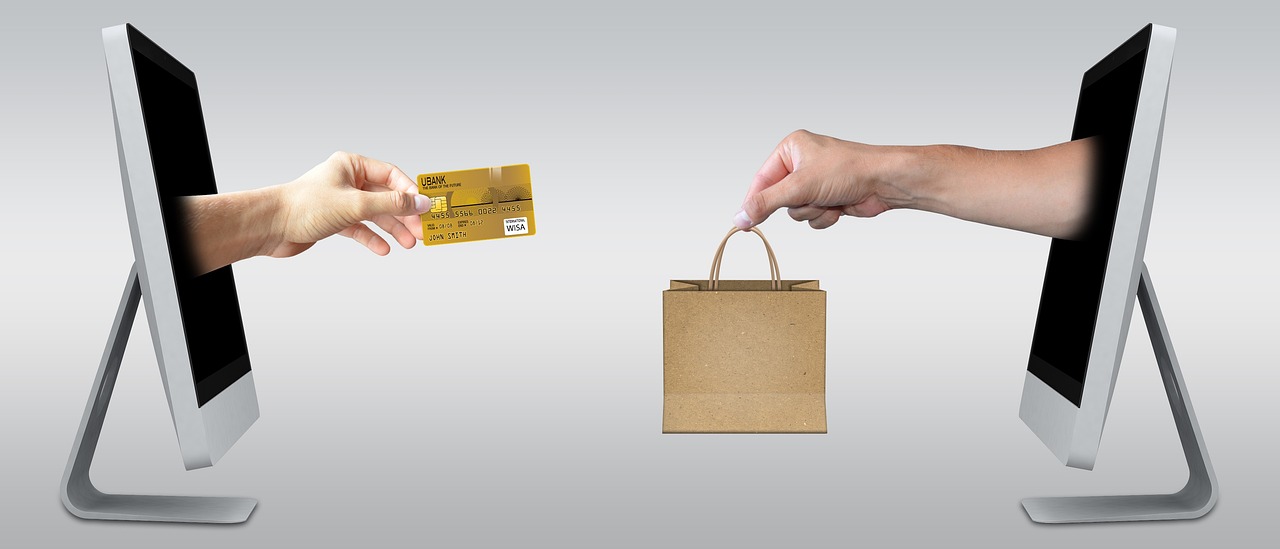As the e-commerce industry continues to grow rapidly, more and more entrepreneurs are starting online businesses. One popular business model that has gained a lot of attention in recent years is dropshipping. Dropshipping is when an online retailer sells products without actually stocking inventory. Instead, the retailer purchases products from a third-party supplier who then ships them directly to the customer. In this blog post, we will explore the definition and process of dropshipping, as well as discuss its pros and cons for e-commerce businesses. Whether you’re just starting out or exploring new business models, this post will provide you with a comprehensive understanding of dropshipping.
Understanding Dropshipping: Definition And Process
Understanding Dropshipping: Definition And Process
Dropshipping is a popular concept in the world of e-commerce business. It is a fulfillment model that allows online retailers to sell products without stocking inventory. In simple terms, the retailer only purchases a product from a supplier or manufacturer when a customer has placed an order for that product. The supplier or manufacturer then packages and ships the product directly to the customer. This process eliminates the need for the retailer to manage inventory, thereby reducing costs and increasing profit margins.
The Process of Dropshipping
The process of dropshipping involves several key players. These players include the retailer, the supplier, and the customer. The retailer, also known as the dropshipper, is responsible for marketing and selling the products. The supplier, on the other hand, is responsible for manufacturing the products and shipping them to the customer. The customer is the final recipient of the product.
| Advantages of Dropshipping | Disadvantages of Dropshipping |
|
|
Conclusion
Dropshipping is a viable business model for e-commerce businesses looking to minimize the risk associated with inventory management. It allows retailers to focus on marketing and selling products while leaving the shipping and handling to suppliers. However, like any business model, there are pros and cons to consider before deciding to pursue dropshipping. Retailers should carefully consider the advantages and disadvantages of dropshipping before making a decision.
Pros And Cons Of Dropshipping For E-commerce Businesses
Dropshipping has become an increasingly popular method for e-commerce businesses to sell products without the added headache of managing inventory. But as with any business strategy, there are pros and cons. Let’s take a look at some of the advantages and disadvantages of dropshipping.
| Pros | Cons |
|---|---|
|
|
Ultimately, the decision to use dropshipping as a strategy for your e-commerce business comes down to weighing the pros and cons and deciding if it’s the right fit for your specific needs and goals.











